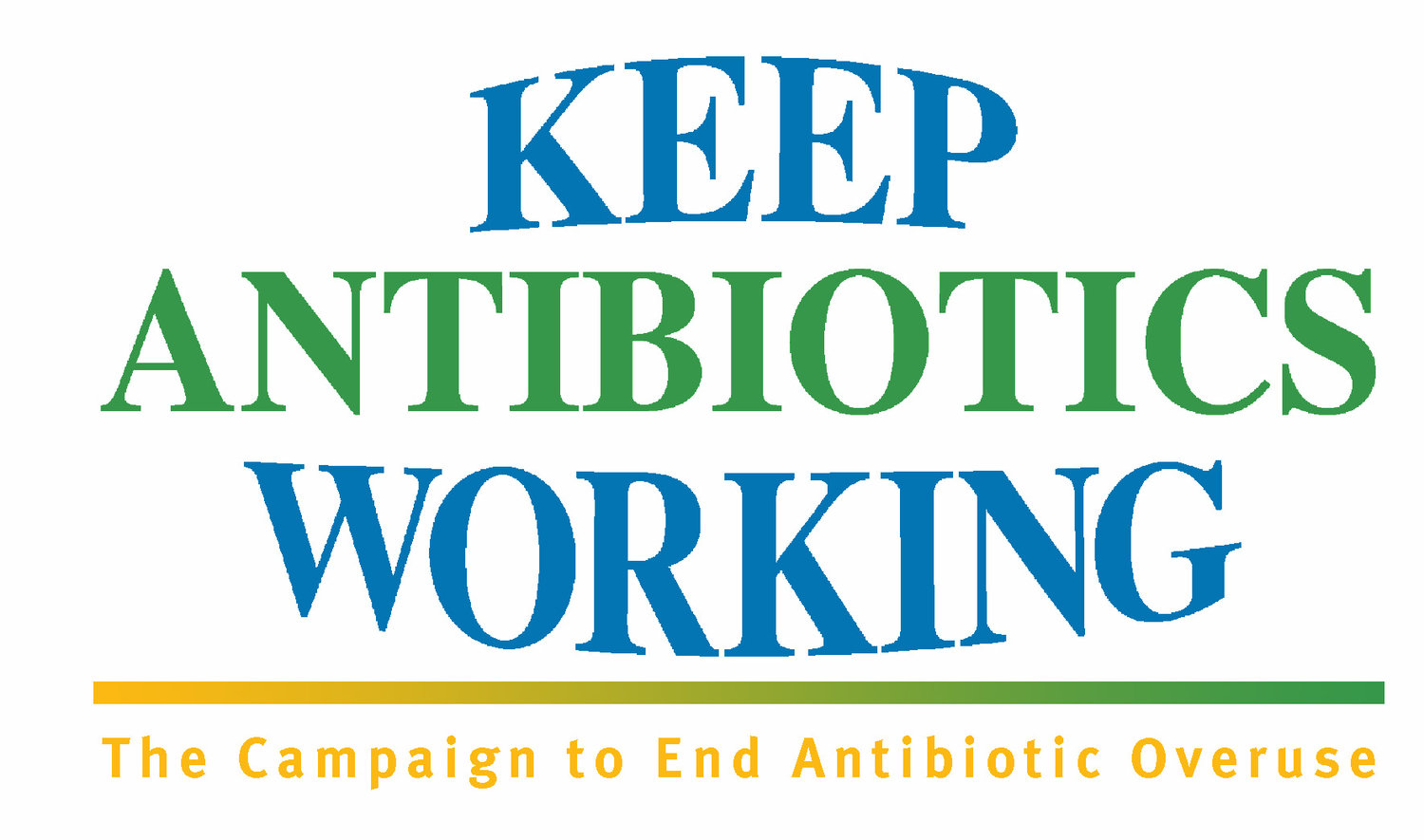CHAIN REACTION III—IN WEANING FAST FOOD OFF DRUGS, CHICKENS GET THE BETTER DEAL
New report shows more restaurants are taking action to save antibiotics, but are slow to move beyond chicken
Cameron Harsh, Senior Manager for Organic & Animal Policy at Center for Food Safety
For the third year in a row, the Chain Reaction scorecard and report rates the top 25 U.S. restaurant chains on their commitments and actions to end antibiotics misuse in meat and poultry. Published by Center for Food Safety, Consumers Union, Food Animals Concerns Trust, Friends of the Earth, Natural Resources Defense Council, and U.S. Public Interest Research Group, this year’s report found that more of the largest restaurants are recognizing their important role in preserving human medicines by committing to restrict the use of medically important antibiotics.
What’s new in Chain Reaction III?
As pressure from consumers and medical health professionals grow, more companies are listening. The new report shows that 14 of the top 25 companies have now taken at least some steps to limit the use of antibiotics in all or some of their meat and poultry. These companies control or purchase a substantial portion of the animals raised for food in the U.S. Their progress in adopting, strengthening, and implementing restrictive antibiotics policies will likely continue to have ripple effects throughout the restaurant and food animal industries. While the individual corporate commitments vary in scope and progress towards completion, the industry as a whole is responding to concerns from the global community about antibiotic-resistant bacteria.
There has been a lot of progress worth celebrating. Five companies—KFC, Burger King, Starbucks, Dunkin’ Donuts, and Jack in the Box—announced plans to address antibiotics use in their supply chains since last year’s publication. With more than half of the top 25 companies taking at least a small step in the right direction, tackling the issue is now the norm rather than the exception in the industry.
What’s missing?
First, restaurants have focused almost all of their antibiotics action on changing the chicken supply. This is perhaps unsurprising, as several of the largest meat chicken producers in the U.S., like Tyson Foods and Perdue, have already transitioned some or all of their production to animals raised without routine antibiotics. Panera and Chipotle remain the only companies that currently source pork and beef raised without routine use of antibiotics, which was the case the first year this report was published. Subway’s commitment promises to bring its beef and pork supplies into compliance by 2025, but as of yet has made no public progress. Considering that we produce roughly 26 billion pounds each of beef and pork in the U.S. per year[1], routine antibiotics in pigs and cows cannot continue to go unaddressed.
Second, 11 of the 25 companies have failed to take any public steps on antibiotics use in their meat and poultry supply chains. More than half of these laggards are fast casual/dine-in chains that appear to be “casual” about the issue of antibiotic resistance as well, including Cracker Barrel, Olive Garden, Applebee’s, Chili’s, Buffalo Wild Wings, and IHOP.
Lastly, eliminating routine uses of medically important antibiotics is one component of a broader shift companies must take to reform the food animal industry and protect public health, the environment, and animals. Companies must continue to use their purchasing power and relationships with their meat and poultry suppliers to implement higher welfare standards that: prohibit all animal drugs used for growth promotion or disease prevention; and provide animals with adequate access to sunlight and the outdoors, sufficient space to turn around and lie down, and appropriate diet and nutrition.
Antibiotics Use and Resistance
This year’s report comes just one week after the World Health Organization published an alarming finding that the number of new antibiotic drugs in development is not enough to address the threat of multi-drug resistant bacteria. It is clear that in order to protect global health and preserve the effectiveness of antibiotics we must identify strategies for using existing antibiotics less. Restricting uses in food animals is critical to achieve reductions in overall use. Data collected by the Food and Drug Administration shows that approximately 70 percent of all medically important antibiotics and 80 percent of all antibiotics sold each year in the United States are intended for use in animals raised for food.[2] Historically, antibiotics have been given routinely to animals who are not sick, used instead to accelerate weight gain and prevent disease in intensive confinement. Ultimately, using antibiotics for these purposes put animal welfare at risk and maintain the factory farm status quo.
The practice of routinely administering doses of antibiotics to animals through feed and water is a key contributor to the development of antibiotic resistant bacteria, which can spread into communities via air, water, soil, meat products, and workers. Resistant bacteria make illnesses harder to treat, resulting in longer hospital stays and higher risk of death. They can also pass resistance on to other bacteria that have never been exposed to the antibiotics directly. “Bacteria that are resistant to several antibiotics are called “superbugs;” and we are now facing a reality in which superbugs are resistant to every life-saving antibiotic available.
Preserving these critical medicines and protecting public health requires ending the use of medically important antibiotics for growth promotion and disease prevention in all species raised for food and implementing higher welfare production practices that protect the health and wellbeing of the animals.
[1] https://www.ers.usda.gov/publications/pub-details/?pubid=82849
[2] https://www.fda.gov/downloads/Drugs/DrugSafety/InformationbyDrugClass/UCM319435.pdf; https://www.fda.gov/downloads/ForIndustry/UserFees/AnimalDrugUserFeeActADUFA/UCM476258.pdf.

